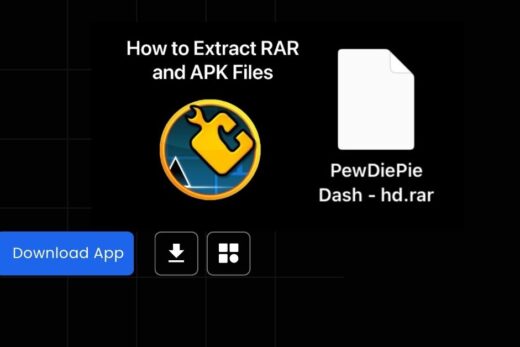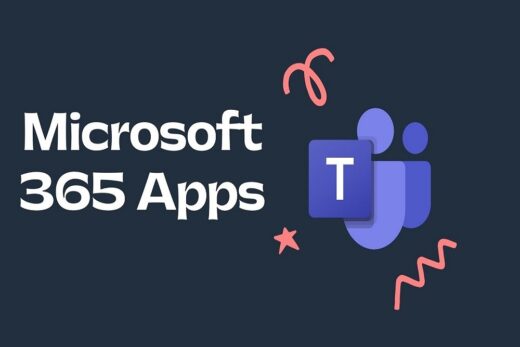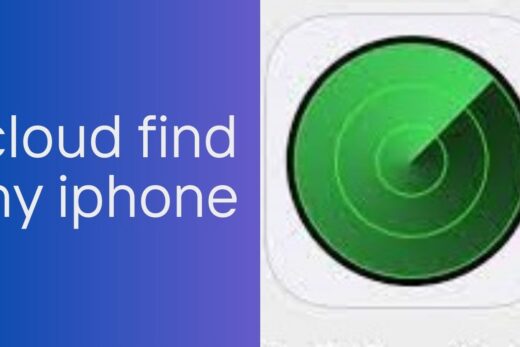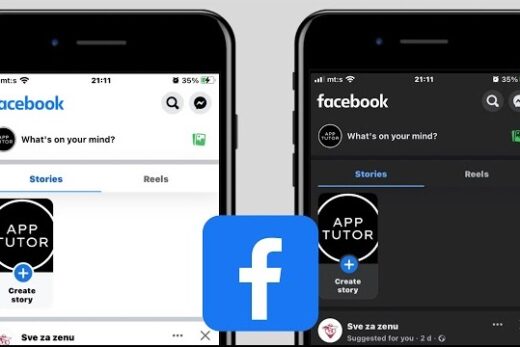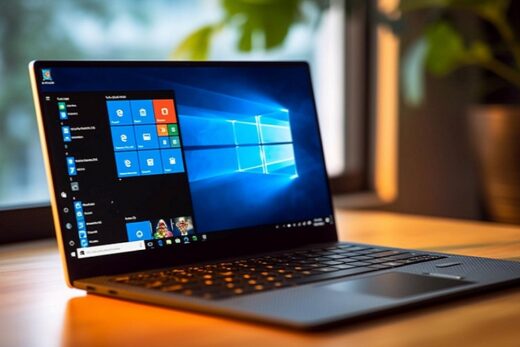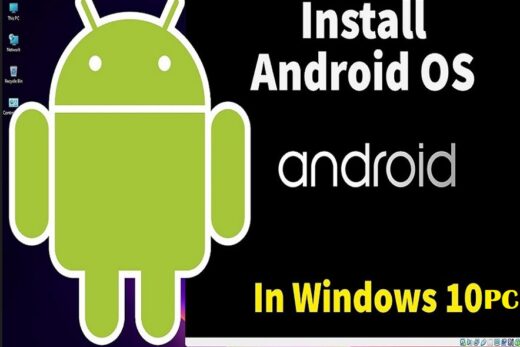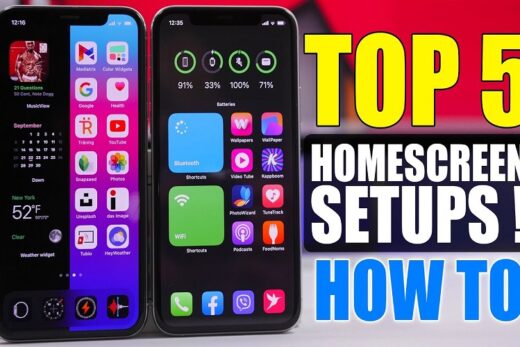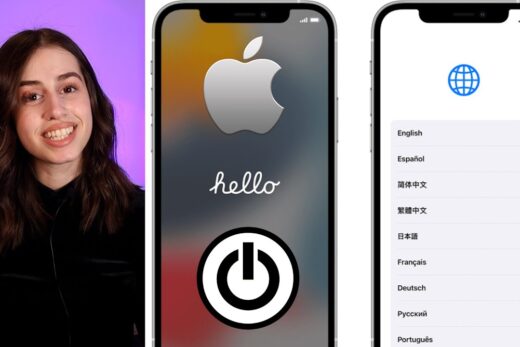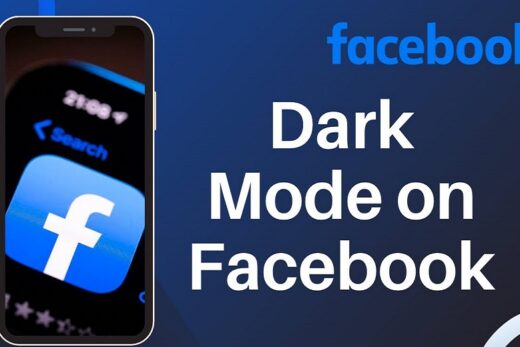The online investment area has increased to exponential heights in recent years. First, we made the transition from a traditional phone-based broker to an online trading platform that allows you to buy and sell assets from the comfort of your home. And now? Mobile trading apps.
Using an online broker that offers a full-featured mobile trading app, you can access thousands of financial machines at the click of a button. So, whether it’s stocks and shares, forex, commodities, indices, or cryptocurrencies – trading has never been easier.
That said, there are hundreds of active trading apps on the market, so it’s not easy to know which broker goes with it. So, we would recommend our in-depth guide to the Best Trading Apps 2021.
What are Trading Apps?
In short, trading apps allow you to trade on a mobile device. Hence, most of the features available on a standard desktop trading site will be accessible through your trading app. However, it is necessary to note that trading apps are not standalone investment platforms. To this end, we mean that the app will be part of much broader brokerage service.
For example, you will still use a traditional online broker, even though the broker will offer a full-featured trading app alongside its desktop platform. It provides you the most beneficial of both worlds. While you will always have the option to trade, you can do so on a much larger screen through the desktop site if you need to do in-depth technical analysis.
How Do Trading Apps Work?
If you have never used a trading app before, you should know that the process is the same as the standard of most online trading platforms. That said, below, we’ve listed the key steps you need to follow to get your mobile trading career off the right foot.
Step 1: Select Mobile Trading App
First of all, you will require to choose an online broker that will meet your individual needs. Then, at the very least, you require to generate that the merchant offers a trading app that is compatible with your mobile device. In most cases, this will cover Android and iOS operating models.
However, you need to look at factors other than just the mobile app. It should include metrics such as regulation, trade fees, dissemination, payments, and customer service.
Step 2: Download and Install the App
Once you have selected a broker that meets your trading needs, you will then need to download the app to your phone. You can find the app through the main desktop website of the broker in question or by searching for it through Google Play or the iTunes Store.
But we would recommend doing the first one, as you want to make sure you are downloading the official app, rather than fake. Then, once the download is complete, install the application and start the account opening process.
Step 3: Open an Account
You will now require to open an account with your preferred online trading platform. It will first need you to enter some personal information so that the broker knows who you are.
It will include:
- First and Surname
- Home address
- Birthdate
- National Insurance Number or Tax Identification Number
- Telephone number
- Email address
You will also require to give some knowledge about your employment status. It will include your annual salary band and the type of industry in which you work. You will also need to tell the broker what your previous trading experience covers – such as the type of assets you have previously traded and the average size of your trades.
Step 4: Confirm your identity.
Known as KYC (Know Your Customer), all UK brokers are required to verify your identity before they can allow you to use their services. It is a seamless process – especially if you are doing it through the mobile trading app. All you have to obey is get a photo of your government-issued identity (passport or driver’s license) and upload it to the app.
Some trading apps will ask you to verify your address. If they do, all you need to do is take a picture of an official document with your name and address – such as a bank statement or utility bill.
Step 5: Deposit Funds
At this stage of the step-by-step method, you should now have an active trading account that is fully verified. So, you can now proceed to deposit some funds. Depending on the broker involved, you may be able to do this by debit/credit card. If so, Google Pay or Apple Pay is likely to streamline the process for you.
Alternatively, you may be required to deposit funds by bank transfer. If so, you may have to wait a few days to clear the funds. In some situations, you may be prepared to deposit funds through an e-wallet like PayPal or Skrill, which is usually instant.
Step 6: Start Trading
Once your deposit is processed, you are then ready to place your first order. Most trading apps allow you to search for the asset or financial instrument you want to trade. For example, if you’re going to sell GBP / USD, search for the currency pair, and you should take directly to the trading page. The graph of the 3d drawing show all amount ups and downs.
As a side note, it may be best to start with smaller trading volumes until you are more comfortable with your chosen trading app. But, again, it is because you will be trading on a much smaller screen than you are likely to use.
What Assets offer Mobile Trading Apps?
Mobile trading apps allow you to trade the same assets found on the broker’s central desktop platform. So, for example, if you are doing a specialized forex broker that lists 100+ currency pairs, all of these pairs will be available to trade through the mobile app.
How do I choose a Mobile Trading App?
If you are yet to find a mobile trading app that meets your investment needs, the good news is that you have hundreds of brokers to choose from it. However, this also makes it challenging to know which platform to go with – especially since no trading apps are the same.
So, we would recommend reading through the following factors before downloading and installing a new mobile trading app.





